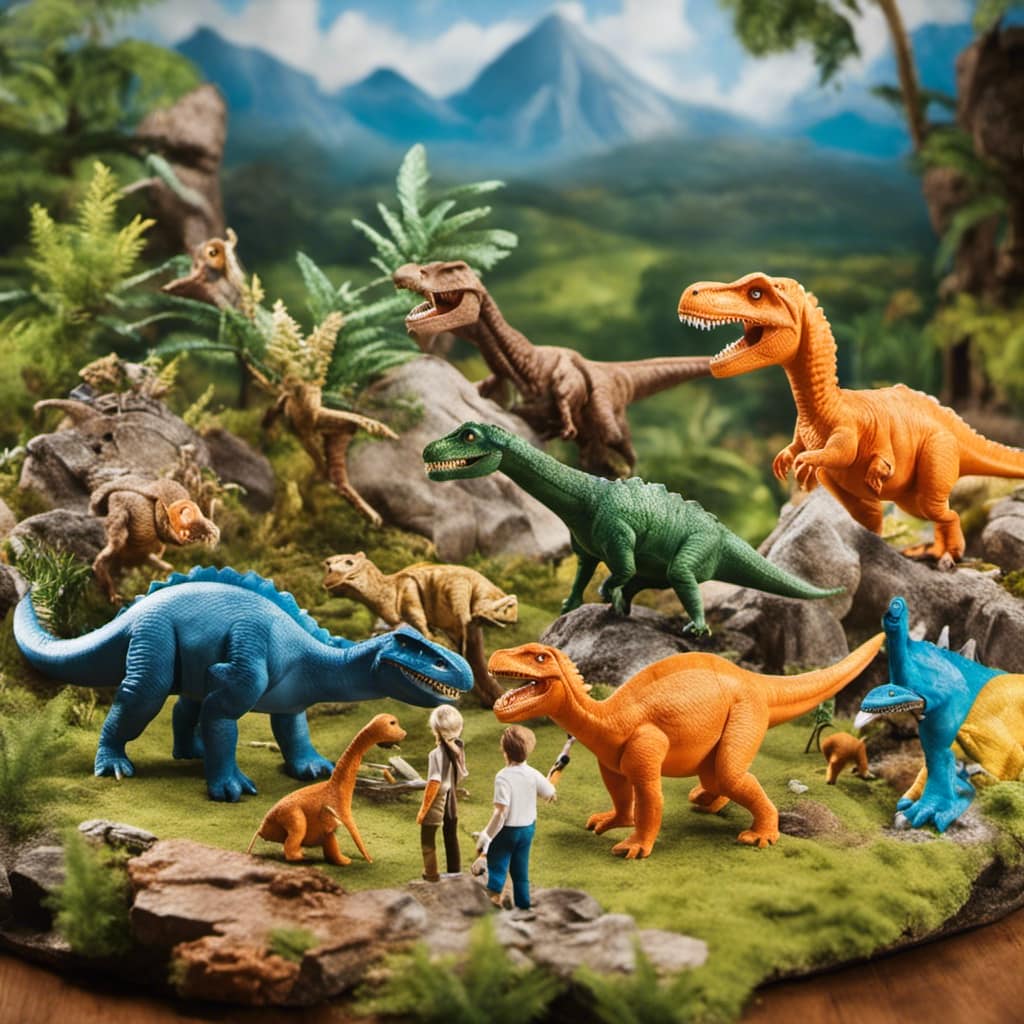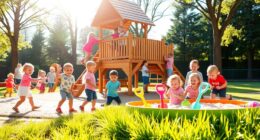Were you aware that integrating STEM into everyday activities can turn education into an enjoyable and captivating experience for kids?
As a parent, I’ve discovered that activities like cooking, grocery shopping, and outdoor play can become valuable learning opportunities.
By measuring ingredients, calculating budgets, and exploring the natural world, children can develop important math and science skills.
Not only that, but STEM activities also nurture problem-solving and critical thinking abilities, preparing children for success in school and future careers.
Let’s explore how we can make learning a fun and interactive experience through STEM in our everyday lives.
Key Takeaways
- Incorporate hands-on activities and problem-solving challenges into daily routines to make learning fun and engaging.
- Use cooking and grocery shopping as opportunities to teach math skills such as fractions, proportions, and budgeting.
- Engage in outdoor play and exploration to develop a deeper understanding of the natural world and build physical skills.
- STEM activities, such as science experiments and projects, help develop problem-solving and critical thinking skills, preparing children for success in school and future careers.
Incorporating STEM Into Daily Routines
I love incorporating STEM into my daily routines by engaging in hands-on activities and problem-solving challenges.

For young children, I enjoy organizing STEM activities that are both educational and fun. We might build structures with blocks or experiment with water and ice to learn about states of matter. These activities encourage curiosity and critical thinking skills from an early age.
As for teenagers, I like to introduce more complex STEM challenges. We might design and build a small robot or conduct experiments to explore scientific concepts. These challenges help them develop problem-solving skills and foster a passion for STEM.
STEM Activities in Cooking and Grocery Shopping
Cooking and grocery shopping provide opportunities to learn fractions, proportions, and percentages while also exploring chemical reactions and nutrition. It’s incredible how these everyday activities can teach us so much about STEM.
Here are some ways I’ve discovered to make the most of these experiences:
-
Measure ingredients: By measuring ingredients, we can learn about fractions and proportions. It’s fascinating to see how different measurements affect the outcome of recipes.
-
Calculate budgets: Grocery shopping allows us to practice calculating budgets and percentages. It’s a great way to understand the value of money and make informed choices.
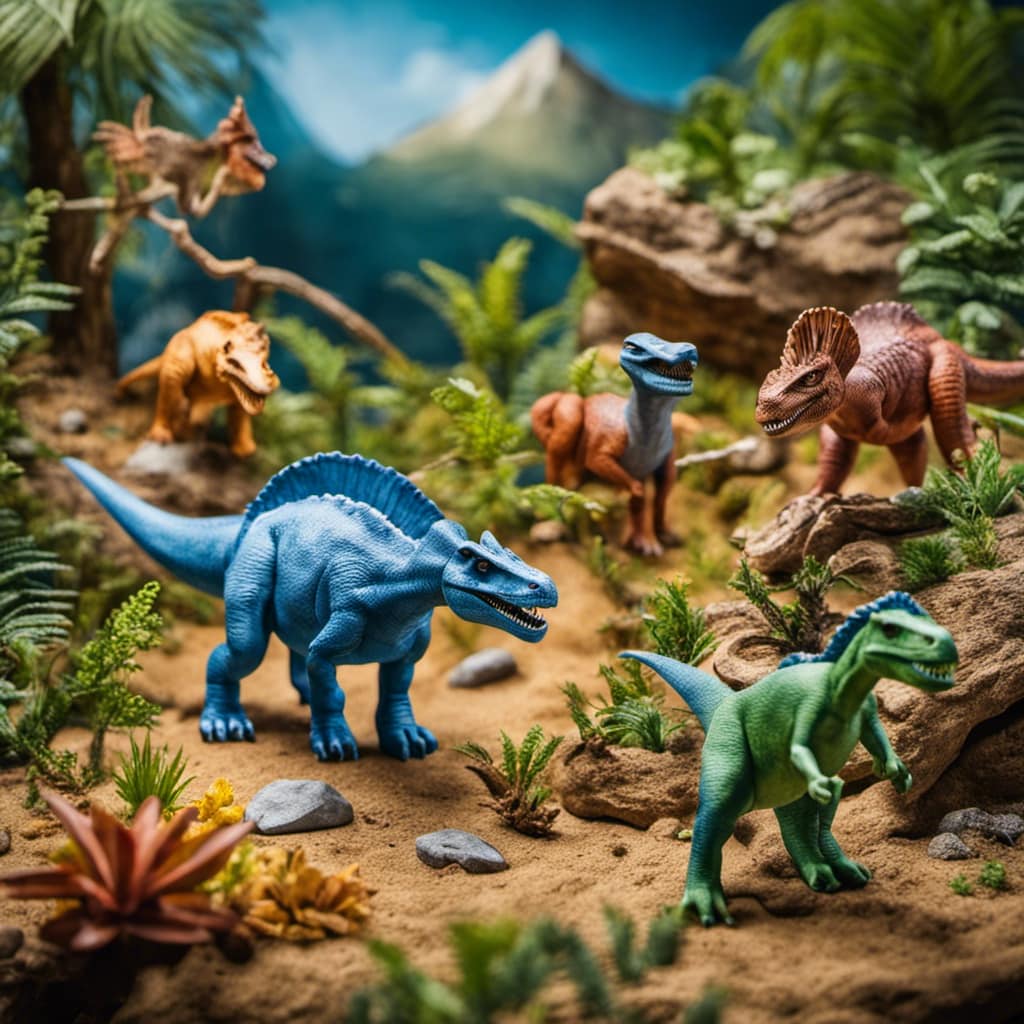
-
Experiment with recipes: Trying out different recipes not only satisfies our taste buds but also allows us to explore chemical reactions. It’s amazing to witness the transformation of ingredients and understand the science behind it.
Through exploring chemical reactions in cooking and understanding nutrition through grocery shopping, we can truly embrace the STEM potential in our everyday lives.
Outdoor Play and Exploration for Science Learning
Pairing outdoor play with hands-on activities allows for a deeper understanding of the natural world and builds physical skills while making learning educational and engaging.
Outdoor science experiments and exploration provide numerous benefits for children. By observing plants, animals, and ecosystems firsthand, children develop a deeper understanding of how the natural world works. This hands-on approach instills a love for science and the environment.
Additionally, outdoor play helps build physical skills like coordination and balance. Through activities like collecting leaves, observing insects, or conducting simple experiments, children become more attuned to the wonders of nature. They learn to ask questions, make observations, and think critically about the world around them.
Overall, outdoor play and exploration offer a unique and enriching way to foster scientific curiosity and appreciation for the natural world.

Math Skills Taught Through Meal Planning and Grocery Shopping
When planning meals and shopping for groceries, I can apply math skills to compare prices, calculate expenses, and make informed choices based on price and quantity. It’s more than just picking out ingredients; it’s a chance to practice budgeting and measurement skills.
Here are three ways math comes into play during meal planning and grocery shopping:
-
Comparing prices: I can use math to determine which brand or size of a product offers the best value for my money.
-
Calculating expenses: By adding up the prices of different items, I can keep track of how much I’m spending and stay within my budget.
-
Making informed choices: Math helps me determine the cost per unit or serving size, allowing me to make choices that are both economical and practical.
Development of Problem-Solving and Critical Thinking Skills Through STEM
I can foster creativity and problem-solving skills by engaging in hands-on STEM projects and experiments. By providing opportunities for problem-solving strategies and critical thinking exercises, children can develop essential skills that will benefit them in school and future careers.

One effective way to promote problem-solving skills is through hands-on STEM projects. These projects require children to identify problems, brainstorm solutions, and test their ideas. This process encourages creative and analytical thinking, as well as persistence and resilience when facing challenges.
In addition to projects, critical thinking exercises can also enhance problem-solving skills. These exercises involve evaluating evidence, making informed decisions, and thinking critically about different solutions. By incorporating both projects and exercises into STEM activities, children can develop a well-rounded set of problem-solving and critical thinking skills.
Overall, engaging in hands-on STEM projects and critical thinking exercises is an effective way to develop problem-solving skills and foster creativity. By providing these opportunities, we can prepare children for success in school and future careers.
Making Learning Fun and Engaging With STEM
By incorporating hands-on activities and problem-solving challenges into everyday routines, I have found that children can experience a more interactive and enjoyable approach to learning. It’s amazing how simple activities like cooking and grocery shopping can become opportunities to teach STEM concepts.
For example, we measure ingredients to teach fractions and proportions, calculate budgets and percentages while shopping, and even experiment with different recipes to explore chemical reactions.
Additionally, outdoor play and exploration have been a great way to learn about the natural world and build physical skills.
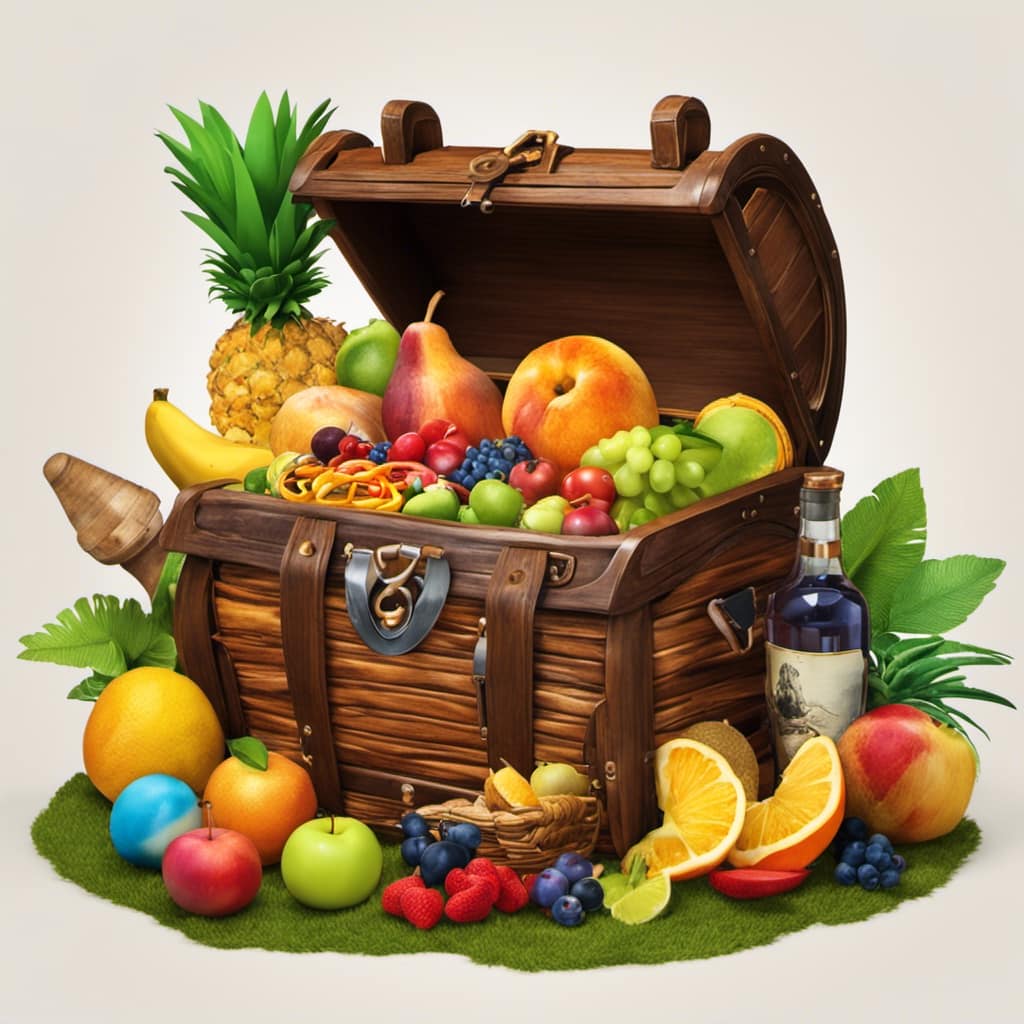
I’ve also discovered that incorporating technology into our daily activities, such as using STEM-inspired art projects or educational apps, can make learning even more fun and engaging.
It’s all about finding creative ways to integrate STEM into our everyday lives.
Exploring Science and Math Through Everyday Tasks
Using everyday tasks like cooking and shopping, I can teach children about nutrition, chemical reactions, fractions, proportions, and percentages. By involving children in meal planning and grocery shopping, they can learn valuable math skills such as budgeting, comparing prices, and calculating expenses. We can explore chemical reactions by experimenting with different recipes and observing the changes that occur during cooking. Additionally, we can discuss the nutritional value of different foods and make informed choices based on scientific knowledge. Beyond the kitchen, we can also explore the natural world and its wonders through outdoor play and exploration. By observing plants, animals, and ecosystems, children can cultivate scientific inquiry and curiosity. Overall, incorporating STEM into everyday tasks provides a fun and engaging way to learn and develop important skills.
| STEM Activities in Cooking and Shopping | Outdoor Play and Exploration for Science Learning | Math Skills Taught Through Meal Planning and Grocery Shopping | Development of Problem-Solving and Critical Thinking Skills Through STEM |
|---|---|---|---|
| Measure ingredients to teach fractions and proportions | Provide hands-on opportunities to observe plants, animals, and ecosystems | Learn about budgeting by comparing prices and calculating expenses | Encourage creative and analytical thinking through hands-on experiments and projects |
| Calculate budgets and percentages while shopping | Develop a deeper understanding of how the natural world works | Practice fractions and proportions by measuring ingredients and adjusting recipes | Identify problems, brainstorm solutions, and test ideas |
| Experiment with different recipes to explore chemical reactions | Build physical skills like coordination and balance through outdoor play | Understand percentages by calculating discounts or sales tax | Foster persistence and resilience when facing challenges |
| Use cooking and shopping as opportunities to learn about nutrition and food science | Pair outdoor play with STEM activities to make learning educational and engaging | Develop critical thinking skills by making informed choices based on price and quantity | Develop the ability to think critically, evaluate evidence, and make informed decisions |
| Explore sustainability and environmental impact through food choices | Instill a love for science and the environment through outdoor exploration | Apply math skills to real-life situations and improve financial literacy | Prepare children for success in school and future careers |
Building a Strong Foundation in STEM Through Daily Life
Incorporating STEM into everyday tasks helps children develop important skills and cultivate a strong foundation in science, technology, engineering, and math. It’s all about building curiosity and engaging in hands-on experiments. Here are three ways to do it:
- Encourage hands-on activities and problem-solving challenges in daily routines.
- Conduct science experiments at home, like making homemade lava lamps and testing pH levels.
- Integrate math into everyday tasks, such as meal planning and grocery shopping.
By incorporating STEM into daily life, children not only gain knowledge and skills, but they also develop a love for learning. It’s about making science, math, and exploration fun and engaging, sparking their curiosity and fostering a lifelong passion for these subjects.
Nurturing Curiosity and Exploration in Science and Math
I love nurturing curiosity and exploration in my children. I provide opportunities for hands-on learning experiences and encourage them to ask questions. Scientific inquiry and math exploration are crucial for young learners. They develop problem-solving and critical thinking skills. By integrating STEM activities into our daily routines, my children learn important concepts and experience the benefits of hands-on learning.
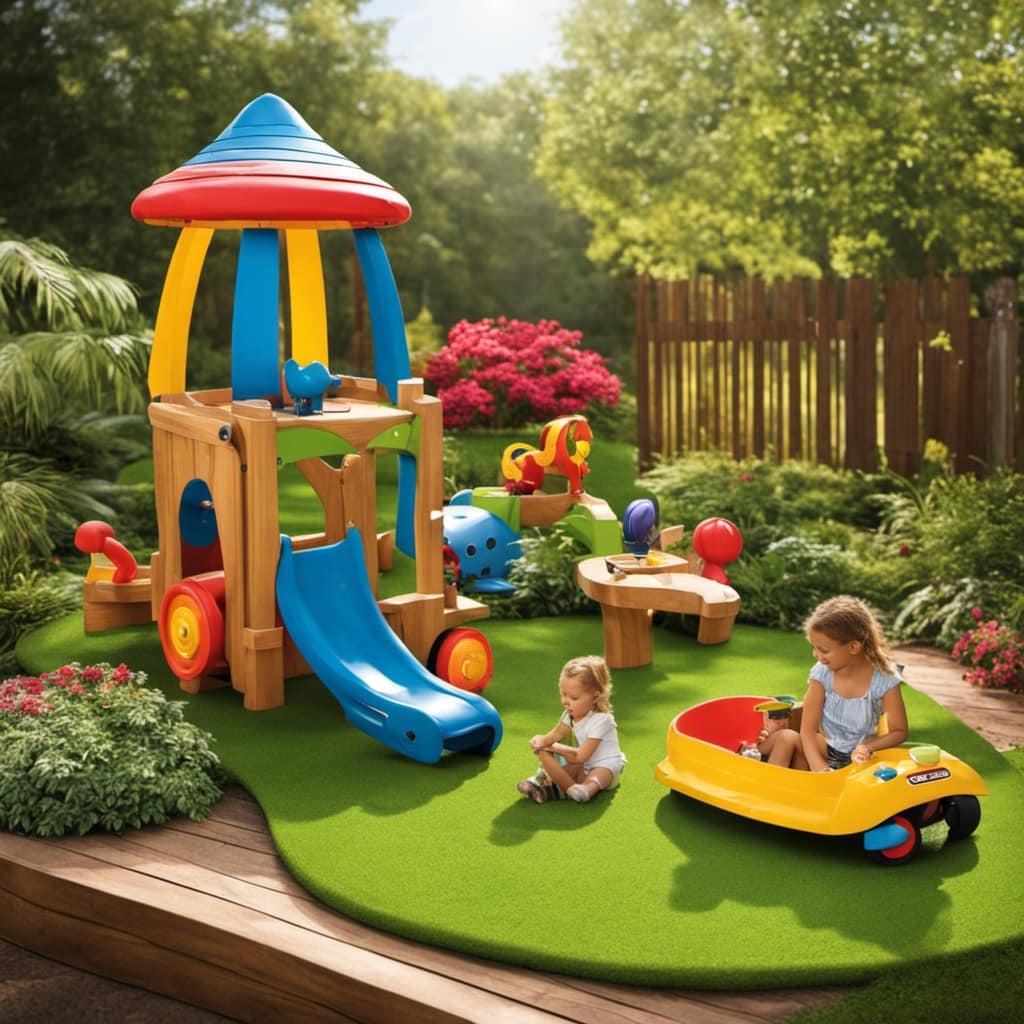
Whether it’s conducting science experiments at home or incorporating math into everyday tasks like meal planning and grocery shopping, STEM activities make learning fun and engaging. These activities teach important skills and foster creativity, analytical thinking, and resilience in my children.
Empowering Children Through STEM in Daily Life
Empowering my children through STEM in our daily routines has been a transformative experience. By fostering curiosity and providing hands-on learning opportunities, I’ve seen them grow in their understanding and love for science, math, and exploration. Here are three ways I’ve incorporated STEM into our daily lives:
-
We conduct science experiments at home, like making homemade lava lamps and testing pH levels. This not only teaches them scientific concepts but also encourages their curiosity and problem-solving skills.
-
Math is integrated into everyday tasks like meal planning and grocery shopping. They learn about fractions and proportions by measuring ingredients, and they practice budgeting by comparing prices and calculating expenses.
-
We engage in outdoor play and exploration, where they observe plants, animals, and ecosystems. This hands-on experience helps them develop a deeper understanding of the natural world and build physical skills.
Through these activities, I’ve seen my children become more confident, curious, and excited about learning. STEM has truly empowered them in their daily lives.

Frequently Asked Questions
How Can STEM Activities Be Incorporated Into Everyday Tasks Like Meal Planning and Grocery Shopping?
I can incorporate STEM into everyday tasks like meal planning and grocery shopping by playing meal prep games and creating STEM-inspired grocery lists. It’s a fun and engaging way to learn math and science while completing daily activities.
What Are Some Examples of Hands-On Experiments and Projects That Can Foster Problem-Solving and Critical Thinking Skills?
Hands-on experiments like building a volcano, designing a Rube Goldberg machine, or creating a solar-powered car are great for fostering problem-solving and critical thinking skills. They engage the mind and spark creativity.
How Can Outdoor Play and Exploration Contribute to Science Learning and Physical Skill Development?
Outdoor play and exploration enhance science learning by providing hands-on experiences with plants, animals, and ecosystems. Additionally, it builds physical skills like coordination and balance, making it an important component of STEM education.
What Are Some Ways to Make Learning Fun and Engaging With STEM Activities?
To make learning fun and engaging with STEM activities, I incorporate STEM gaming and virtual reality. These interactive tools provide hands-on experiences, spark curiosity, and make learning feel like play. It’s a great way to inspire interest in science and math.
How Can Daily Life Activities Like Cooking and Shopping Be Used to Teach Math Skills and Improve Financial Literacy?
Daily life activities like cooking and shopping can teach math skills and improve financial literacy. By budgeting and comparing prices, we learn about fractions, proportions, percentages, and critical thinking. It’s a practical way to apply math in real-life situations.
Conclusion
Incorporating STEM into daily life is a fantastic way to make learning fun and engaging for children. By adding science, math, and exploration to everyday activities, we can create a stimulating learning environment that fosters curiosity and critical thinking.

Did you know that children who engage in STEM activities have been found to have a 12% higher proficiency in math? This statistic highlights the powerful impact that STEM can have on a child’s academic success.
So let’s embrace STEM in our daily routines and empower our children to thrive in school and future careers.


